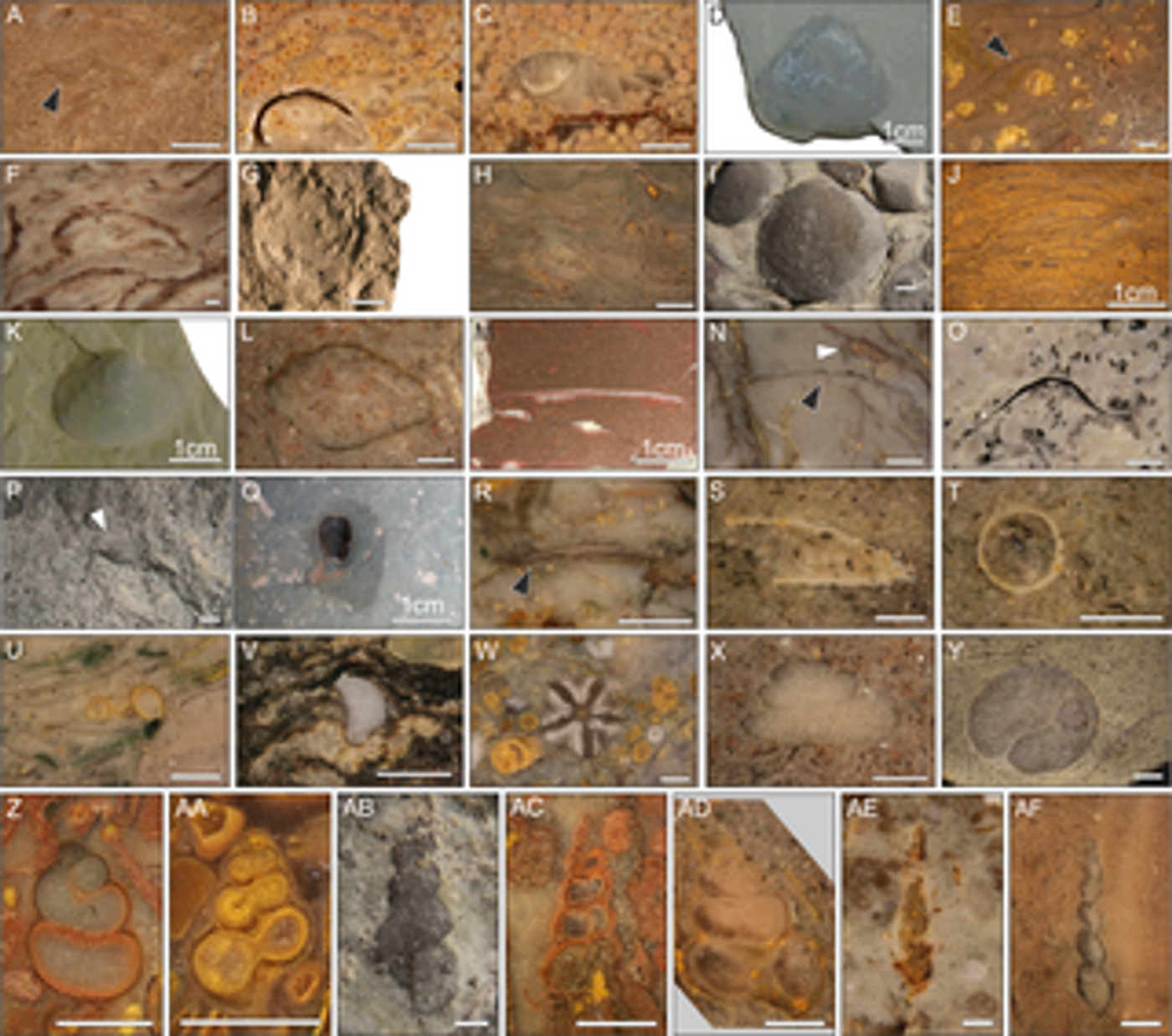Why was marine recovery delayed after the Permian's mass extinction?
PLOS ONE has published a new study that sheds light on what happened after the mass extinction during the late Permian period that eradicated an estimated 81 percent of marine species. According to William Foster from the University of Texas and his team of scientists, there were several “biotic crises” that followed the mass extinction that retarded marine recovery, making it the most delayed recovery of all extinctions.
Because previous studies showed that benthic recovery recorded within early Triassic was modest, and the final stage of recovery was not noted until the Middle Triassic, the study describes that the main aim was to address and test whether carbon isotope perturbations were associated with the biotic crises that delayed the recovery of benthic marine invertebrates. It “quantitatively assessed how alpha diversity and the taxonomic and functional composition of benthic communities changed through the studied interval.”
The team examined diversity of marine invertebrate fossils in the Werfen Formation in the Dolomites as a measure of ocean floor marine communities during the Triassic (which is the geological period that followed the mass extinction). They found that extinction rates of marine invertebrates peaked twice during the early Triassic, which signifies that there were other minor extinctions after the mass event. Carbon isotope shifts were found to align with the raised extinction rates, which could mean that a change in the environment was the driving force for these biotic crises.
Indeed, that is one of the most interesting conclusions from the study. Foster says, "The early evolution of marine ecosystems 252 million years ago wasn't only ushered by the greatest mass extinction of all time, but also affected by two more subsequent extinction events associated with climate change. This is not only interesting from an evolutionary point of view, but also because those environmental conditions that life had to adapt to, to survive back then, are similar to those predicted for future climate warming scenarios."
The hope is that our modern species will be able to adapt better than the species living in the late Permian.
Sources: PLOS ONE, ScienceDaily











